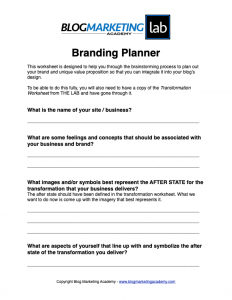What is branding? What is a… personal brand?
It has become a bit of a buzzword out there. Social media gurus throw this term “personal brand” around and you’ve got a whole lot of people thinking about their brand. However, merely being out there and tweeting a lot doesn’t mean you’ve necessarily got a brand.
A lot of people are using this word but they don’t completely understand what the heck it actually means. They’re just using it because they hear a lot of people use it and they think it’s fancy marketing jargon, so they’re going to use it, too.
But, what is this thing?
Why do large companies spend tons of time and a whole lot of money figuring this branding thing out for themselves?
But, more important, how does this stuff translate over into you and your own blog?
So, let’s discuss what a brand actually is. Let’s make this useful and something that applies to us.
In This Post…
What is a BRAND?
What is a brand? When you really get down to it is a mental image picture.
Keep this in mind – we all basically think in “pictures”. We don’t tend to think in words – we think in pictures. Words are just symbols which brings some pictures to mind. It is usually the way that we think.
When you hear a good story, or recall a good movie, you most likely remember the imagery and the mood way easier than you remember the specific words said on screen.
So, a brand is a mental image picture which forms in the mind of your prospect when they see your stuff.
Nike is often used as a good example of branding. We see the Nike swoosh and we have a certain mental image picture that comes to mind. We think of the runner who’s out there hustling. We have this feeling of accomplishment and making things happen. When you see a Nike commercial, you’ll notice how they barely ever talk about their shoes specifically. Instead, they contain a lot of imagery and music of the athlete defying the odds and accomplishing great things.
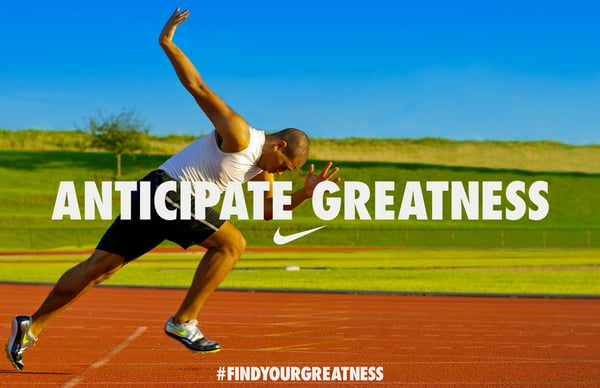
That’s branding. It is a mental image picture and a feeling.
With good branding, this mental image picture matches what your prospect needs and wants. That is what makes a brand work and that’s what makes it a VERY powerful idea.
This picture makes people want to do business with you. They want what they see. They want to BE that.
Whatever brand that you’re creating for yourself – if you’re using it for proper purposes – that mental image picture is going to serve a need or a want that they have. It’s going to be something they identify with and they want that.
So, that’s what the brand is. It’s ultimately a mental image picture and the idea that goes along with it.
The Top 5 Components of a Brand
Now, of course, there are other things that go into making up this brand. If we’re talking about a blog, it also comes down into the types of videos that you make, the types of blog posts that you create. All this is supposed to back up the overall brand. But the top 5 are these, right here.
- Tagline
- Logo
- Name
- Imagery And Colors
- Brand Promise
Let’s look a bit at each one of these things…
The Name
The name of your site, your business or your blog. It could be your name if you’re building a personal brand… or something else. It could even be a made-up word.
The thing about the name is that it will not exist alone. The other branding elements go with it in order to define it. So, the main thing to keep in mind is not to choose a name which would conflict with the brand image.
The name might even lend itself directly to what you do. For instance, “Blog Marketing Academy” leaves little doubt what I talk about around here. 🙂
The Logo
The logo is going to be that visual representation of your brand that you will use everywhere. Like the name, the logo isn’t going to be alone and it will depend on the other branding elements to define it’s meaning.
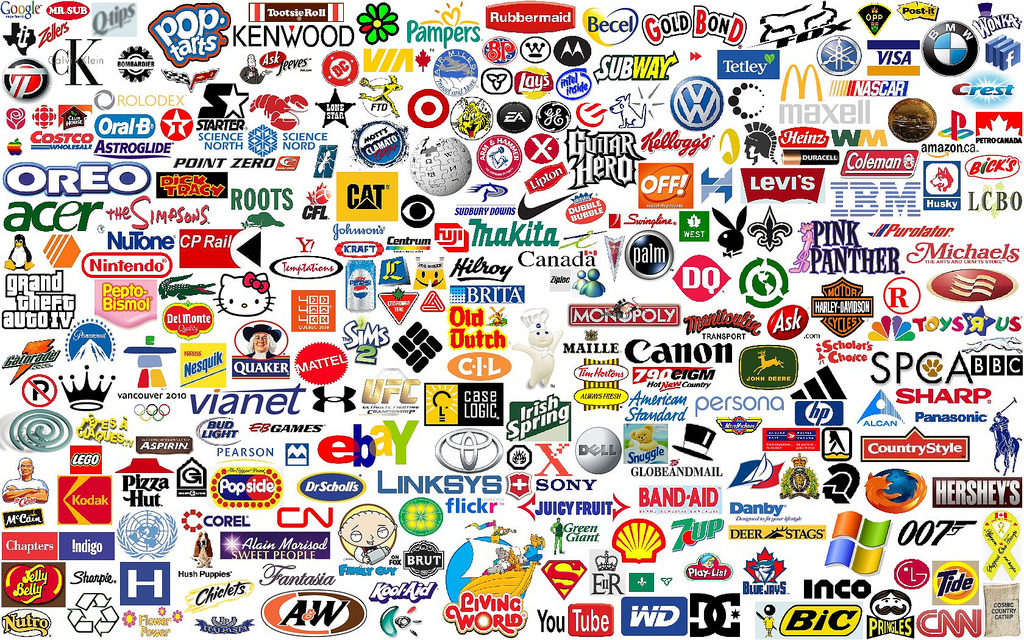
A lot of time and effort can go into a logo. If the logo is going to be more graphical, then you need to take into account the imagery, the colors, the mood.
In my opinion, the best logos are simple. No fancy graphical components. They are primarily a font. This provides more flexibility to be used in different situations. You do, though, want to select a font which backs up the mood of the brand.
The Tag Line
All blogs have a tagline, but many end up wasting it. Some never even change it from the default “just another Wordpress blog”. 🙂
That tag line, if displayed on your site, is actually a pretty important part of your branding. The tag line defines what the brand is about. It removes any ambiguity in terms of what you actually do. You want to keep it short and sweet.
Currently, my tag line is set to:
“Blog Smarter. Make Money”
One I have used before is also…
Blogging for Business… Simplified.
Both are short and sweet and define what I do. That word “simplified” also serves to help define part of my brand promise (discussed in a bit).
If you don’t actually display your tagline on site, that’s fine. Most likely it will still be used for SEO purposes. But, if you don’t display it, you need to ensure the other elements on the page instantly define your brand. This is especially true for personal brands based around your name.
The Images And Color Scheme
Remember, the ultimate goal of branding is that mental image picture that people will associate with you. That mental image picture will also contain emotion and mood.
So, you need to ask yourself:
- What does your target audience really want? What does their ideal scene look like?
- What images are associated with that ideal scene?
- What will they feel?
When you put all this together, you begin to narrow down the kinds of images, moods and messaging you want to define your brand.
A good example of this from the online marketing world is Frank Kern. Today, Kern is a pretty buttoned-up guy who does high-end consulting. Because his business model has changed, his image has become more professional to back it up. Back in the day, however, he epitomized the “surfer dude”:
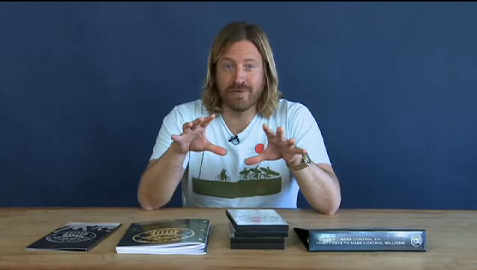
Now, I’m sure Frank probably enjoyed surfing. But, let’s look at this from a branding perspective…
What do people who are dreaming in the internet marketing space usually associate with success? What does the end of their transformation look like? Probably the beach. Sunny days. Being able to drink whenever you want. And… surfing. Everything that is the opposite of sitting in a cubicle. 🙂
Frank Kern adapted his entire online brand around being a walking symbol of exactly what his target marketed wanted.
So, answer this…
When you look at the images and the overall feeling of your brand, does it symbolize what your market considers success?
The same goes for the color scheme of your site. Various colors bring on certain moods.
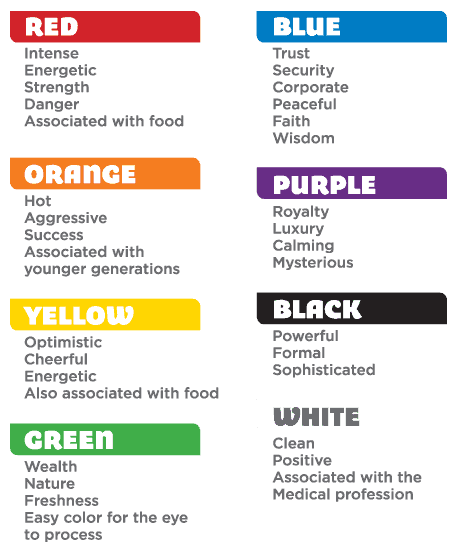
What moods should be associated with your brand?
You will notice that the Blog Marketing Academy site tends to have a lot of white space, but then the accent colors are blue and black. Blue happens to be my favorite color, so that’s one thing. 😉 But also, blue is a color of trust and wisdom. Black is a power color.
Sure, colors can mean different things to different people. For instance, red can be a passion color but it can also mean danger. But, keep in mind that the colors of your site don’t exist in a vacuum.
The Brand Promise
The brand promise is a phrase that encompasses the overall promise of your business. It communicates what people can expect to get and feel by doing business with you.
Often (but not always) the brand promise is found as the headline right on the homepage.
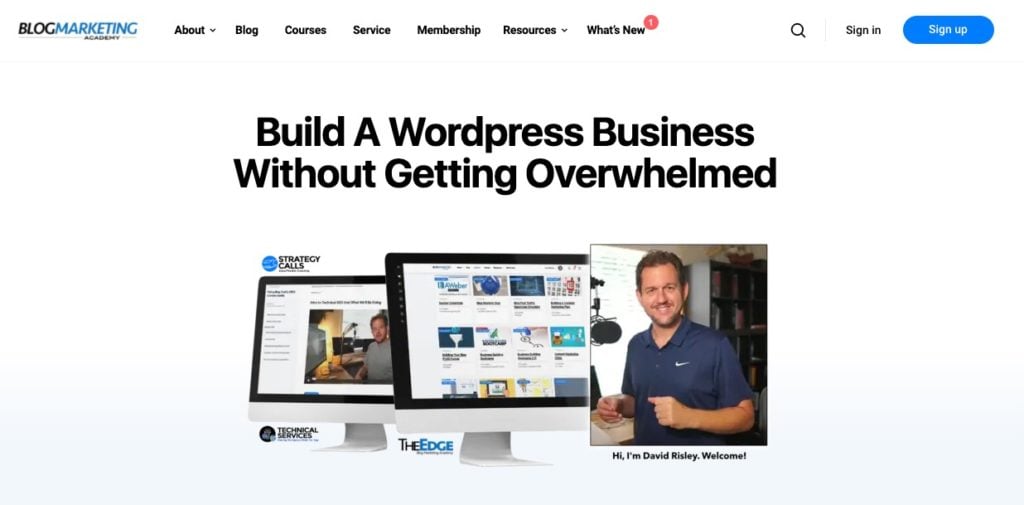
This brand promise can be more subtle and used mainly for guiding marketing plans, such as this brand promise from the NFL:
Be the premier sports and entertainment brand that brings people together, connecting them socially and emotionally like no other.
Notice it says nothing about football.
Or a brand promise could be something which is out in the open and repeated often, therefore being a pretty fundamental part of the brand. For instance, Geico:
15 minutes or less can save you 15% or more on car insurance.
Your brand promise should be short and sweet. The brand promise isn’t about nuts and bolts of your offer. It is about the big picture of the benefits they’ll get, and how they’ll feel about it.
What Is Your Brand Story (And Personal Brand)?
One of the things that creates the memorable mental image picture and feeling of your brand is its backstory.
Story-telling is an age-old pastime that has been around since before written language even existed. We all love stories. We remember stories. And if you master the art of story telling, but also learn your OWN story, you will be light-years ahead of any other blogger in your niche.
The first component of any story is, of course, it’s character.
The Importance of Character
When people first come to your blog, they will immediately look for something that catches their attention. Most likely, they will look for a solution to a problem that they just searched for in a search engine. They happened upon your blog. Their attention span is VERY short.
In most cases, the reader will either find value in your post or they will not. Either way, they are most likely going to leave and not come back.
So, what is the difference between that passer-by and the person who will turn into a repeat visitor?
It is the story. Most notably, YOUR story.
What turns a person into a loyal reader is a level of reality or empathy with you. They identify with you. Most importantly, though, they will identify with your character.
This is the living embodiment of your personal brand. This is literally what it means.
Most of the time, the readers of your blog have not met you in person. They have no reality of what you’re like. What they DO come to know, though, is your character. It is the representation of you which forms in your reader’s mind. That character should represent the traits that your reader is after.
All characters have a story. Where did they come from? What happened in the character’s life to bring them to the present day?
The idea of developing your character is another way of saying to develop your own personal brand. The importance of it comes down to the ideas and concepts which you (or your character) represent in the reader’s mind.
Now, there is a VERY important caveat that I have to make sure you understand here…
You are NOT supposed to make things up!
When I say the word “character”, it is easy to assume that I’m talking about just creating the ideal character for your market even if it isn’t the real you.
No!
If you’re lying when you blog, you’re not going to get anywhere. You’ve got to be genuine.
Ideally, you and your character will jive completely and totally. If you’re in the right market for you, then that’ll be mostly the case. However, everybody is multi-faceted. So, I would encourage you to simply play up those strengths that back up your character. And don’t mention the stuff which is irrelevant.
Develop Your Story
Like I said, this is the tip of an iceberg. I can’t make anybody an expert in branding with this post. But, take the concept and think about it for your own blog.
- What traits is your market looking for? What in a character would your target market empathize with?
- Taking the above into mind, what is your character for your blog’s market? Does it represent you truthfully?
- What is your back story?
With that character in mind, your blog should tell your story. Your “about page” should most definitely build up the character and tell the back-story. Your posts can reference the back story to teach and make points.
How Do You Find Your Brand?
It begins with figuring out the idea, the feeling and the mental image picture that you want associated with you.
You want to take into account your own personality and natural talents… as well as your market competition.
- Your brand needs to be consistent with who you are so that things are congruent.
- Your brand ideally would also differentiate yourself from your competitors in some way to make you memorable.
You can also look at your competition and zig while they zag. What about you can you amplify that would make you stand out in the minds of your market?
You’ll notice that I make no secret of the fact that I like to travel in my RV. You’ll see it mentioned in a lot of places around this site. Why?
Branding strategy. 🙂
I find, over and over again, that the RV is what people often remember about me most when they don’t know me in person. It is one element of my personal life what is most brandable. It is something I do alot anyway. But, I’m not aware of anybody else in this market who has branded themselves around camping.

It also works for symbolizing one of the major goals of my market: time and location flexibility.

In a way, this is my little way of doing exactly what Frank Kern used to do with the “surfer dude” character. It is an aspect of my life which is memorable and serves as a great symbol for the benefits my target market wants.
RV travel also happens to be a big middle finger to the usual stereotype that dumb internet marketers try with their jets and big houses (that usually don’t even belong to them). That stuff isn’t even believable anymore. It is mildly revolting, actually. But, a dude traveling around in an RV with his family and being able to work anywhere is something which is a lot more identifiable.
So, how do we go about finding out what this brand should be?
- Direct Interviews. One really powerful way to do it is “direct interviews”. A lot of bloggers and a lot of online business owners – we tend to be introverts. We tend not to want to talk to anybody. In reality that is the single best way to get the best intelligence you can on your prospects. Just talk to them! You’ll find out what success looks like to them, how they view you from the outside, etc.
- Analyzing Your Competition. You also want to analyze your competition. Find out what areas they’re trying to own. What brand comes to mind? What image comes to mind? Look at your competition and then you could find out if they own a particular area. If so, you might want to go to a different area. This is discussed more in a book called Blue Ocean Strategy where they talk about that kind of a concept.
- Your Strength. You also want to consider your strength. What can you bring to the table that people that you’re competing with cannot bring to the table. That will help also define the type of brand you want to create.
- Your Personality. Think about your natural tendencies and things about you that you could play up. You might think you’re boring as snot, but likely there are things about you which people may find interesting. You can specifically dial those things up.
You want to brainstorm ideas that basically merge these 3 together into a single concept. You want to think of what the mental image picture is that you’re trying to create. Then you want to look at these branding components and how you can actually make those things coincide to create this brand that you want.
Applying Your Brand In The Real World
There are a lot of things that will all tie into the overall brand of your blog and business. Things like:
- Your site name and logo
- The images on your home page, about page, etc.
- The color scheme of your site
- Your writing style
- Your social media cover photos, profile photos, backgrounds, etc.
- The overall brand story and central character
In the end, you want all of this to remain consistent to your overall brand. And remember, by “brand”, we’re talking about that mental image picture and the feelings associated with it.
I would recommend images for your homepage that create the brand. Not some generic stock photo. The image should be a symbol of what your market wants. If you are in the photo, then be an embodiment of what your market wants. Do you want to have the friendly, successful image? Then, have a nice smile on your face and dress professionally instead of wearing shorts and a T-shirt.
When you are thinking up stuff to post on social media, think about whether it backs up your brand. You may share selfies, but is what’s going on in that selfie consistent with your brand? If you use your personal profile for your business, are you staying consistent?
Whatever photo you use for your social media profile shot should be consistent across platforms. Use the same thing on Facebook, Twitter, Instagram, Pinterest, etc. Brand needs to be backed up wherever people may come across you.
A classic example of getting this wrong would be an actor that loses popularity because they spew off on matters of politics. You probably shouldn’t do that either unless politics and controversy are part of your brand and personality.
Your Turn – Look At Your Own Brand
What I don’t recommend you do is just go out and spew off on social media and call that a “personal brand”.
A brand isn’t haphazard. It isn’t an accident. It is something that you do purposely.
A brand is a mental image picture and feeling that is associated with you and your business. Executed well, your brand will help you with your marketing and it will help you make more sales. It is a way to help yourself stand out in a sea of sameness.
So, go look at your own outward facing brand right now.
Even if it was totally accidental. 🙂
What is the branding from the outside? Are there any changes needed? Is the message consistent?
If there’s stuff you feel like needs to be better, fix it.
And don’t feel bad about it. Trust me, I haven’t been perfect about this either. 🙂
Got A Question? Need Some Assistance?
Have a question about this article? Need some help with this topic (or anything else)? Send it in and I’ll get back to you personally. If you’re OK with it, I might even use it as the basis of future content so I can make this site most useful.

